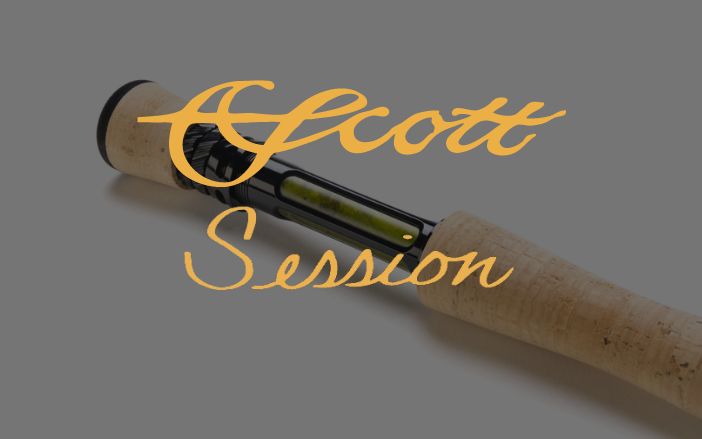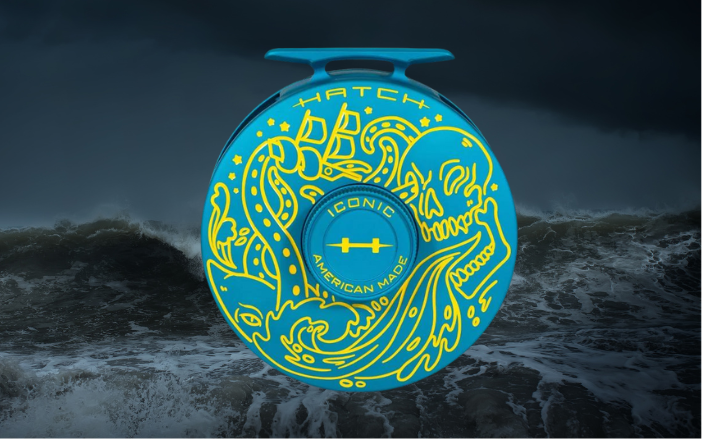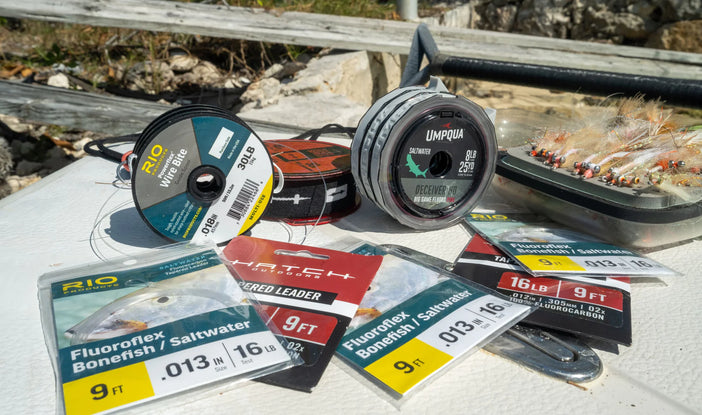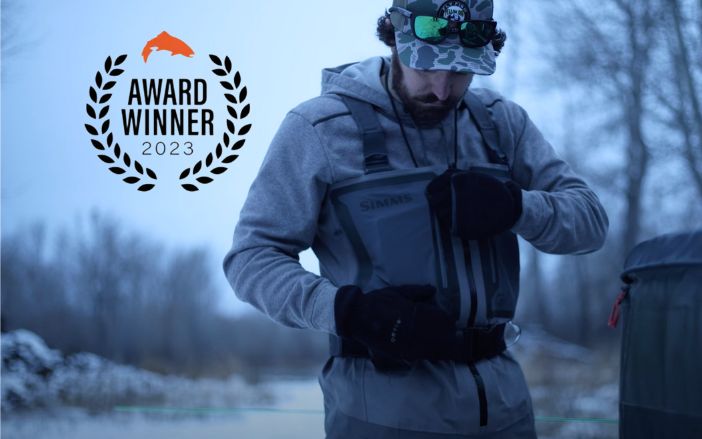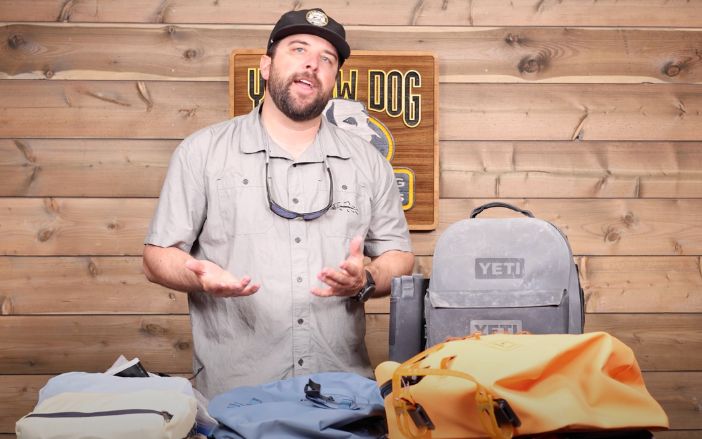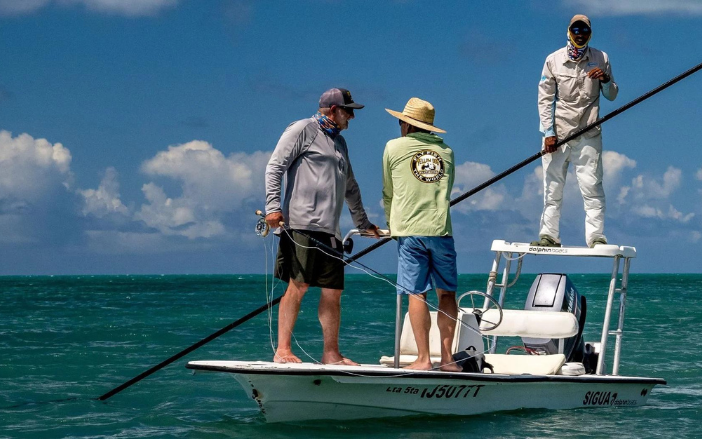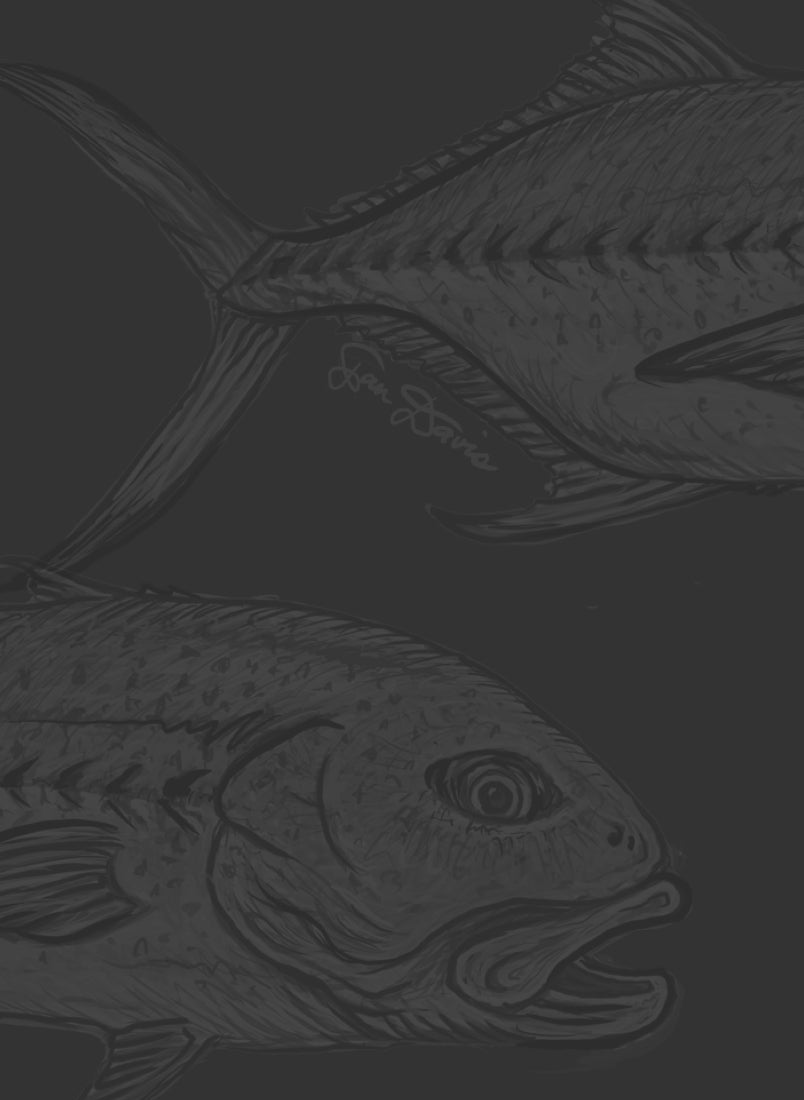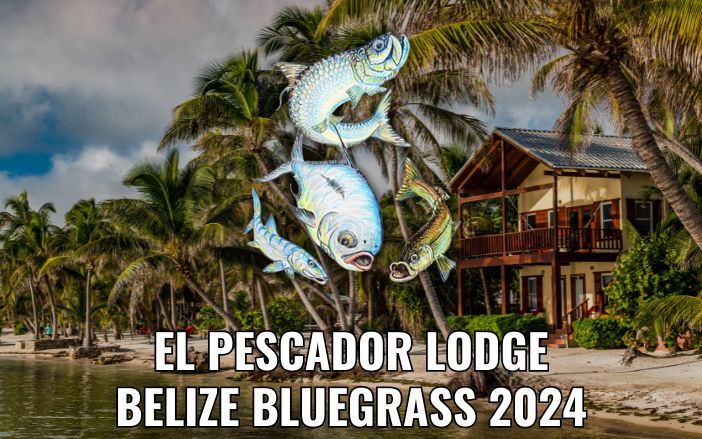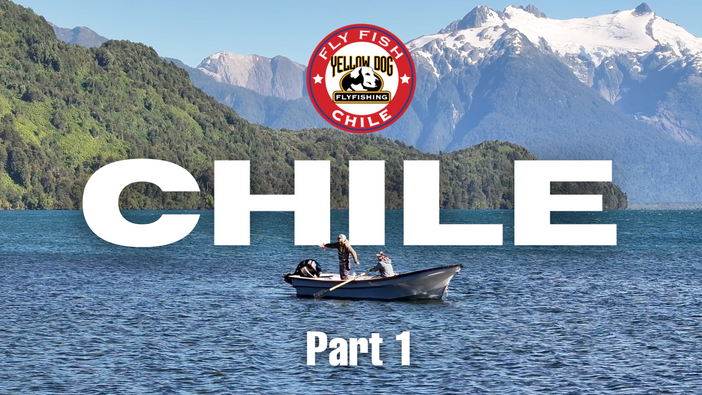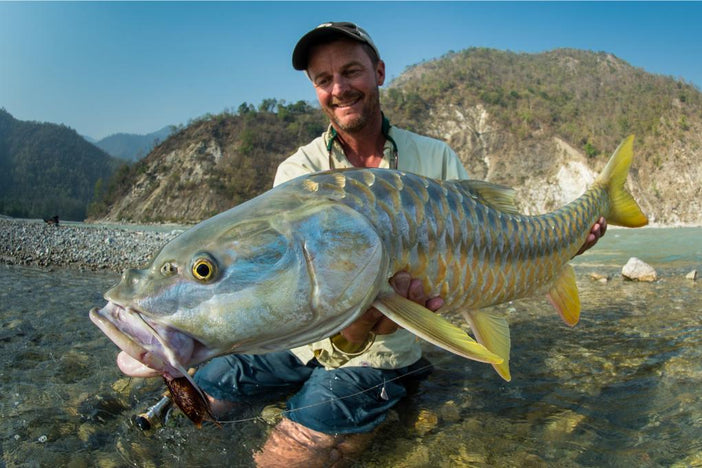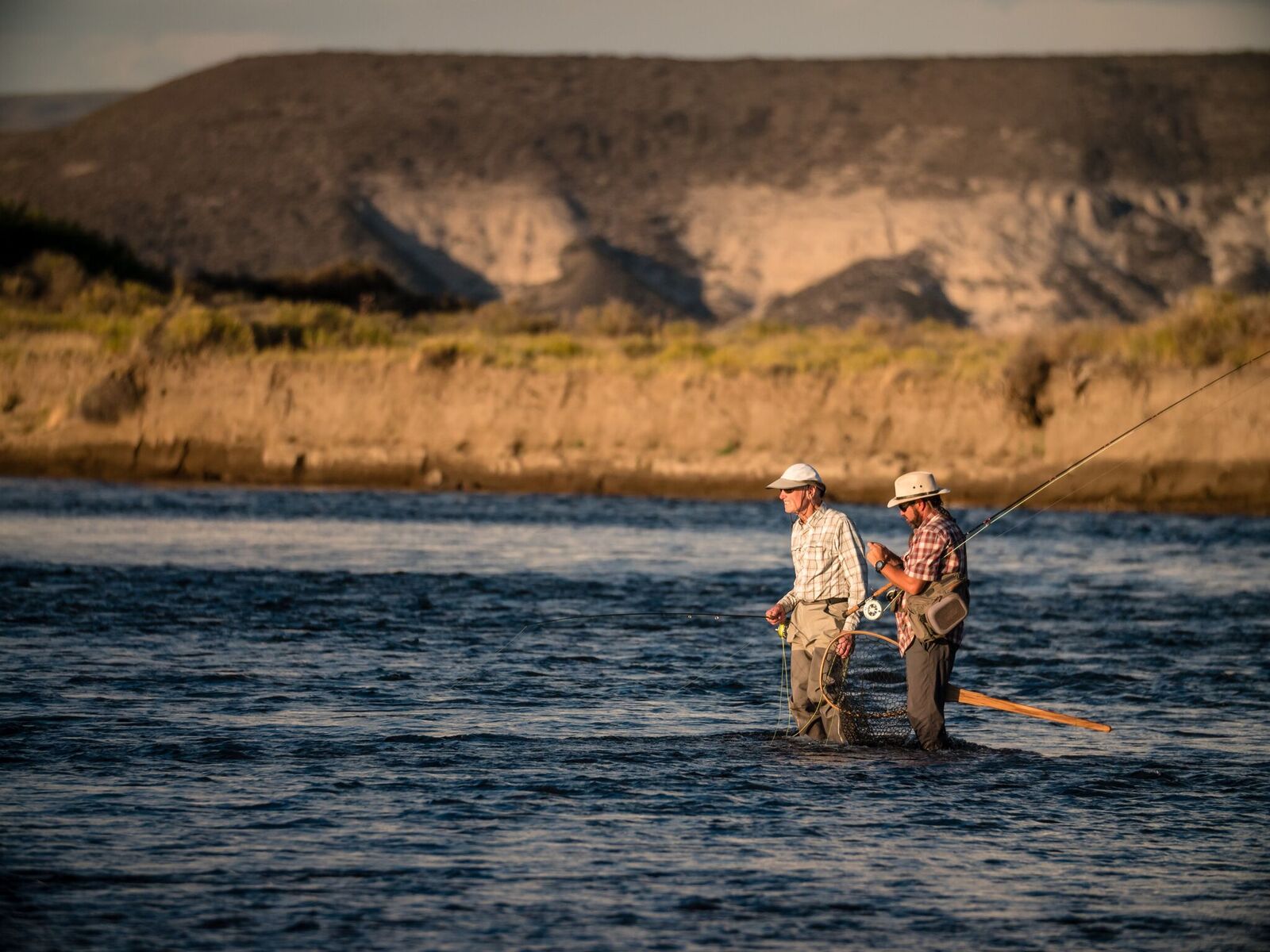There are a lot of variables to consider when planning a fly fishing trip to Patagonia. Among the most common - and arguably the most important - question is, "When is the very BEST time to go?" With a long fishing season that typically extends from early November all the way through April, there are of course seasonal transformations to be aware of when planning a trip. From eager, early-season eats and unpressured characteristics of the early season in November and December, to the abundant hatches brought during the warm summer months of January to mid-March, all the way through to to the fall streamer season of April, Patagonia offers something for every trout angler.
+ Listen to this WAYPOINTS Podcast: Episode 51: JACK PORTER – Comparing Argentina and Chile: How to Choose the Best Options for a South American Fishing Trip
While we realize that the “best time to go” can be subjective and largely based on specific schedules and windows of availability, we have nonetheless put together a general summary and reference guide to help you choose the best time for your visit to Patagonia.
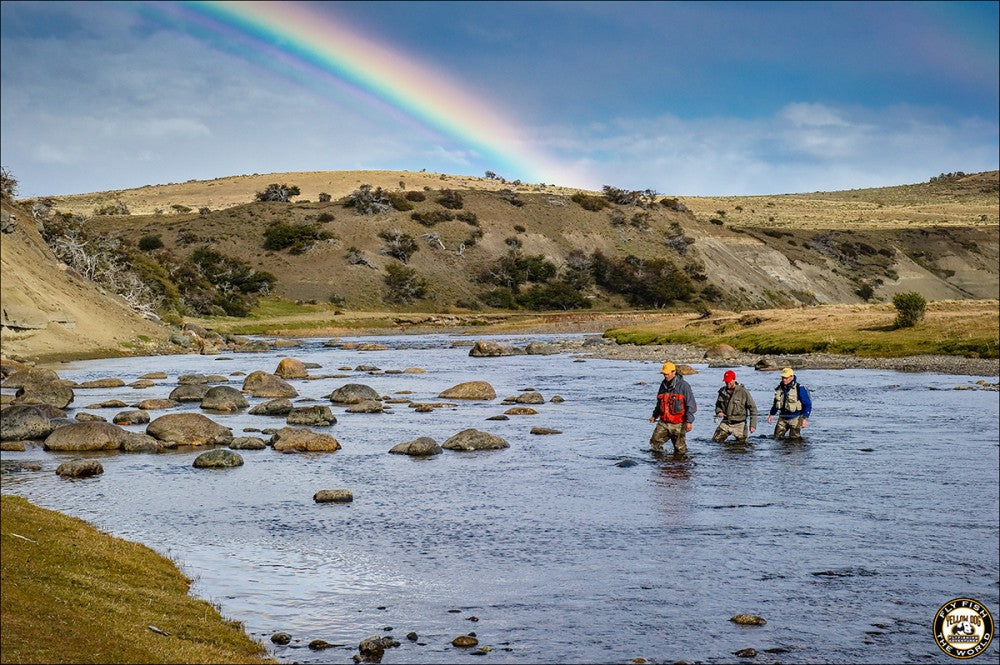
Spring: November – December
The early spring months in Patagonia can be a great time to explore the area's diverse fisheries and beautiful landscapes. As air temperatures rise after the South American winter, runoff from the snowcapped Andes fills the river valleys while the surrounding landscape comes alive with foliage and colorful spring flowers. Although river levels are typically at their highest during this period, water clarity on most rivers remains surprisingly good. During this time anglers should plan on being open-minded, flexible, and willing to adjust to changing river conditions with different fishing techniques.
Any given day in the spring may include such fishing scenarios as twitching large attractor dries, head-hunting rising fish with naturals, stripping streamers, or dead-drifting nymphs. And while the holiday season between Thanksgiving and the New Year keeps most North Americans at home, those who do venture to Patagonia during the months of November and December are commonly rewarded with little competition, untouched waters, and hungry, aggressive fish.

Summer: January – Mid-March
As the peak of the South American summer (think July and August in the Northern Rockies), this timeframe is considered peak season in both Argentina and Chile: the most popular time to visit Patagonia. Summer weather in Patagonia can be easily compared to that of the American West, with very little precipitation and warm, bluebird days. By January, riparian areas and riverbanks are thickly vegetated and loaded with numerous species of beetles, hoppers, ants, crickets, and other juicy terrestrials - a scenario that obviously makes for outstanding dry fly fishing. By early January, river levels also begin to drop, creating easy wading and abundant sight fishing opportunities. Fish have seen a few fly patterns by now in many area fisheries, and as a result, they become a bit more selective. Presentation, drift, and fishing the right patterns all become important. Prime dates during these summer months fill quickly, and we always advise booking well in advance.

Fall: Mid-March – April
Fall in Patagonia can be stunning, and the late season has become a favorite time to visit the region for many veteran anglers. As air temperatures start to drop and foliage begins to change, the landscape becomes painted with a rich palette of vibrant, autumn colors. As cool fall rains shower the Andes, water temperatures slowly decrease and fish begin to feed aggressively in preparation for the winter. After a long summer of aggressive feeding, the fish are large, and some of the biggest trout of the season are caught during this time of the year.

Although dry fly fishing can still be effective in some areas, swinging or pulling streamers becomes the most effective way to find the largest fish in most rivers. By early April, local Argentine vacationers have returned home and international tourist traffic has dropped considerably. Consequently, fishing pressure drops off and anglers can typically enjoy great fishing and a backdrop of beautiful fall colors with few others on the water.
Listen to these WAYPOINTS Podcasts:
- TRAVIS SMITH AND RANCE RATHIE - The Inside Info on Fly Fishing Patagonia (Part 1)
- TRAVIS SMITH AND RANCE RATHIE - The Inside Info on Fly Fishing in Patagonia (Part 2)
Related Articles:






